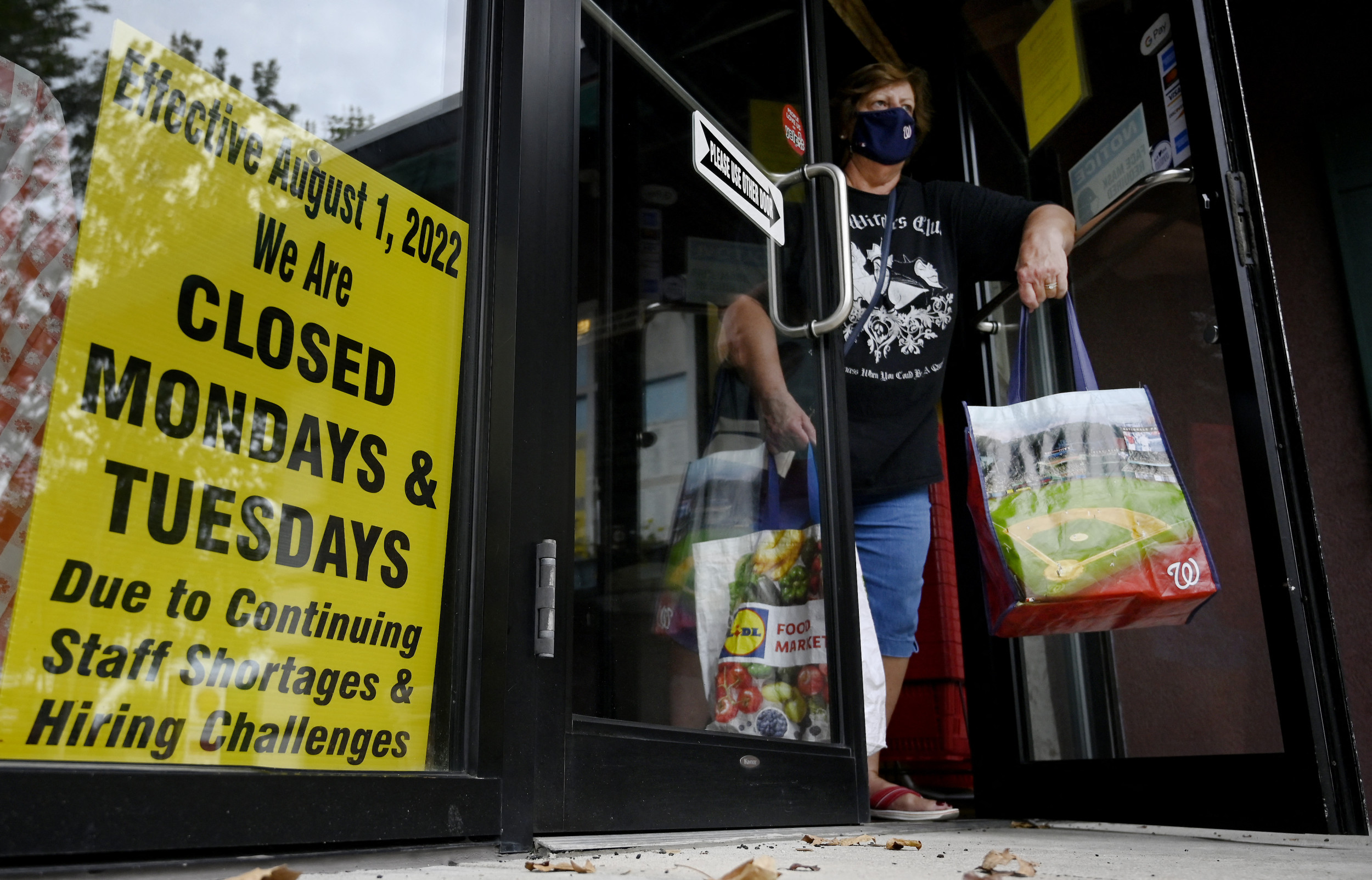
From a historical perspective,social media is a relatively new tool in the marketing toolbox, but as we all know, it's a dynamic one — as the recent decline of Twitter and the explosion of Threads reminds people, there's no hard and fast rule for how long a specific platform will stay relevant. But even as social media continues to mature and customers continuously redefine their preferences about features or platform reach, it's not going anywhere. Brands that want to do well through social media's twists and turns can feel confident by applying key best practices.
Timeliness Is Your Friend
Recently, my company had difficulty posting about particular economic events — such as unemployment numbers — due to the creative and compliance burden. The challenge was posting within enough time to make a connection between our products and the reports that came out. It would take us a couple of days to write the post, get it approved, and get it out — but by then, the stat wasn't necessarily "hot news" anymore.
So we proactively identified where data was coming in from and used that information to create 90 messages in a spreadsheet in advance. From there, we could play an if-then game: If the data comes out this way, kick out Post A. Otherwise, use Post B.
You might have just a few data sources to track or need to set up just a handful of potential posts. But social media flies fast. It's better to work ahead and have some posts you never push than it is to be completely reactionary, use everything, and be too late to the game.
Play the Little Mermaid
In the classic Disney film, The Little Mermaid, Ariel sings about how she wants to be on land "where the people are." Take the same approach with your social media accounts. Prioritize going to the platforms where most of your clients are — for us, that was LinkedIn. Drop the ones where your customers don't go, or you can't monitor effectively. In our case, that was X, formerly known as Twitter. We found that when we simply focused on LinkedIn, where our audience is, we have a bigger uptake than when we are in both places.
Remember, your staffing will impact your reach efforts and vice versa. If you run good campaigns, users will expect you to respond back when they try to engage with you on social media platforms. But the more platforms you're involved with, the more you'll need a team.
Having realistic expectations is key. If you don't have the manpower to respond on multiple platforms, keep the best one and make sure customers know they can find you there. But if you can afford more people, continuing on multiple channels can be worthwhile — many users have strong platform preferences.
See the Whole Funnel and the Ultimate Goal
It's possible to sell services or products directly on social media — but you probably won't. Instead, see social media as the main source for spreading your messaging. Your accounts should be designed to draw people to your site or landing page. Then they can put in their information, you can then begin the engagement process, and they can spend time getting comfortable with your brand. It's all part of an integrated approach.
As you collect user information as part of this funnel process, respect privacy boundaries. People post about vacations, health, and similar topics all the time, but they're not necessarily expecting you to take that data and use it to sell them something. They're more comfortable with you looking at their purchase history and personal preferences. That means, even if data is public and you're honest about where you get your information, be careful how you use it so people don't feel like you are intruding or spying.
Give a Deeper Reason To Engage or Provide a Call to Action
Always tell readers where they can go for more information — whether that's sending them to a news source or presenting them with steps they can take (like signing up for an event). This approach helps customers feel like you respect their ability to participate, understand, and make good independent choices. It protects your reputation, too, because you can point to reliable sources and demonstrate that you're looking at the issue from more than one side.
Keep Things Interesting
Customers need enough consistency from you that they can feel like you're reliable and trustworthy. But if everything is always the same, you'll bore them. So although your message and values should be reliable, get as much variety in your content types as possible. Test and continually learn: Try some video posts instead of texts, or play with different colors to make what users see different enough to keep attracting attention.
Be mindful as you try to put out different types of content that quality still matters. Put up posts you'll be proud of even if they take a little more time to make; if you put out content quickly with no thought just to say you did it, your brand can become known for that.
It's About the People, Not the Platforms
Social media is not going to die out, and brands will have to keep engaging with customers through social media platforms. Still, social media might look quite different five, 10, or 20 years down the road. Instead of preparing by learning all the intricate quirks of platforms that might not even exist later, focus on the psychological or behavioral needs social media consistently has met and build your strategy based on principles that apply across platforms.








